
The notion of circular economy is relatively new.
Starting from the classic concept of the linear economy which has significant environmental impacts by promoting the waste of raw resources, it is a new concept which represents numerous ecological, social and economic advantages.
In order to fully understand the difference between the two concepts, we will take the example of the life cycle of clothing.
The linear economy

The linear model can be summed up in a few words: extract, manufacture, consume and throw away.
If we take the example of cotton , its harvest is carried out on farms. The raw material is then used to make textiles.
Thirdly, the textiles obtained are assembled into clothing and then marketed.
This is when the clothes are purchased and used by customers. Once products have reached the end of their life, they are most often thrown away. Throughout this process, energy is consumed.
So this model implies that we consume natural resources (cotton) and energy to make clothes that will ultimately become waste.
The circular economy

The concept of the circular economy brings a very important nuance at the ecological and sustainable level.
Instead of throwing our clothes away, it is based on the principle of reintroducing materials into the cycle of production, distribution and use as many times as possible .
As we have mentioned in several previous articles, the fashion industry is one of the most harmful to the environment. It consumes a lot of raw materials (water, cotton and oil), pollutes a lot and generates a phenomenal amount of waste.
The circular economy therefore makes it possible to reuse raw materials in a loop in order to reduce their ecological impact. It is therefore a question of reusing clothes when they reach the end of their life and avoiding at all costs that they end up in the trash. To do this, several avenues are possible.
Different avenues for reusing clothing
The production of clothing is often the stage of the life cycle where the ecological footprint is greatest. By producing clothing in an eco-responsible way, this impact is reduced at the base in several ways: raw materials, dyeing, extraction, transport... Every avenue to reduce the impact is laudable. After that ?
For the consumer:
Once the garment is purchased and worn, the different avenues for consumers will be linked to the extension of its useful life. It is:
- Repair alterations
- Pay it forward an item of clothing that we no longer wear (Swap, directly to a person we know, a sales platform, through a thrift store or an organization that we have chosen carefully).
- Transform our clothes that we don't like or that are worn out into a brand new item of clothing or a useful object (rag, padding, placemat, etc.).
- Find arecycler who can help you make a brand new garment with your worn-out clothes.
For the industrial sector:
Although the consumer has an important role to play, the industrial sector needs to develop further. The first step will be to think about an eco-responsible clothing design that will ensure possible reuse (prolonged producer responsibility) of the entire garment.
It would also be very interesting to change the legislation regarding the obligation to use only new materials for padding. Indeed, the phenomenal quantity of textiles ending up in garbage could certainly be used for padding and even insulation.
Also, it would be interesting for new defibering companies to take their place in our landscape. This is a company that shreds clothes, taking them back to the fiber and re-spinning them to make new fabrics.
The advantage of the circular economy remains the complete use of the raw material until its end of useful life. So we looked at post-consumer avenues.
However, the best sustainable avenue remains the reduction of overall consumption. Put a stop to excessive consumption!


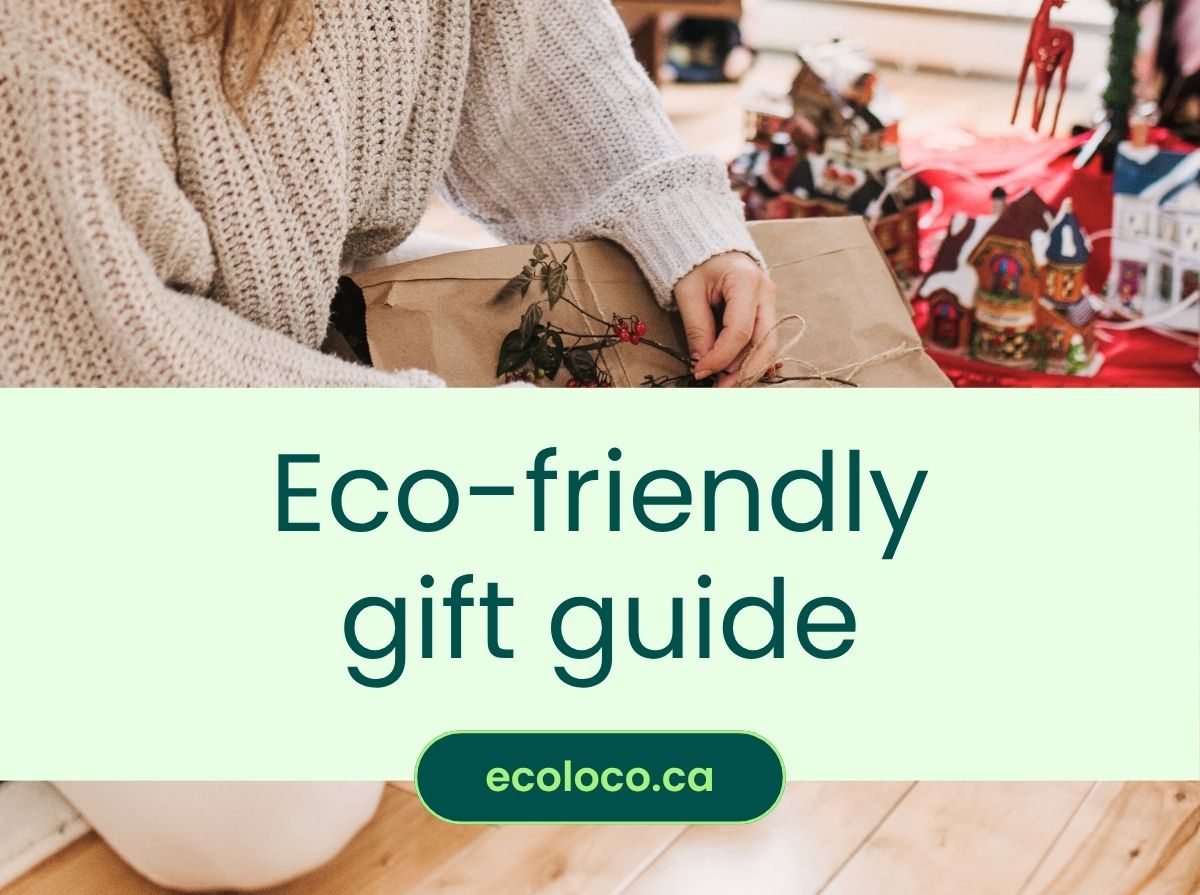
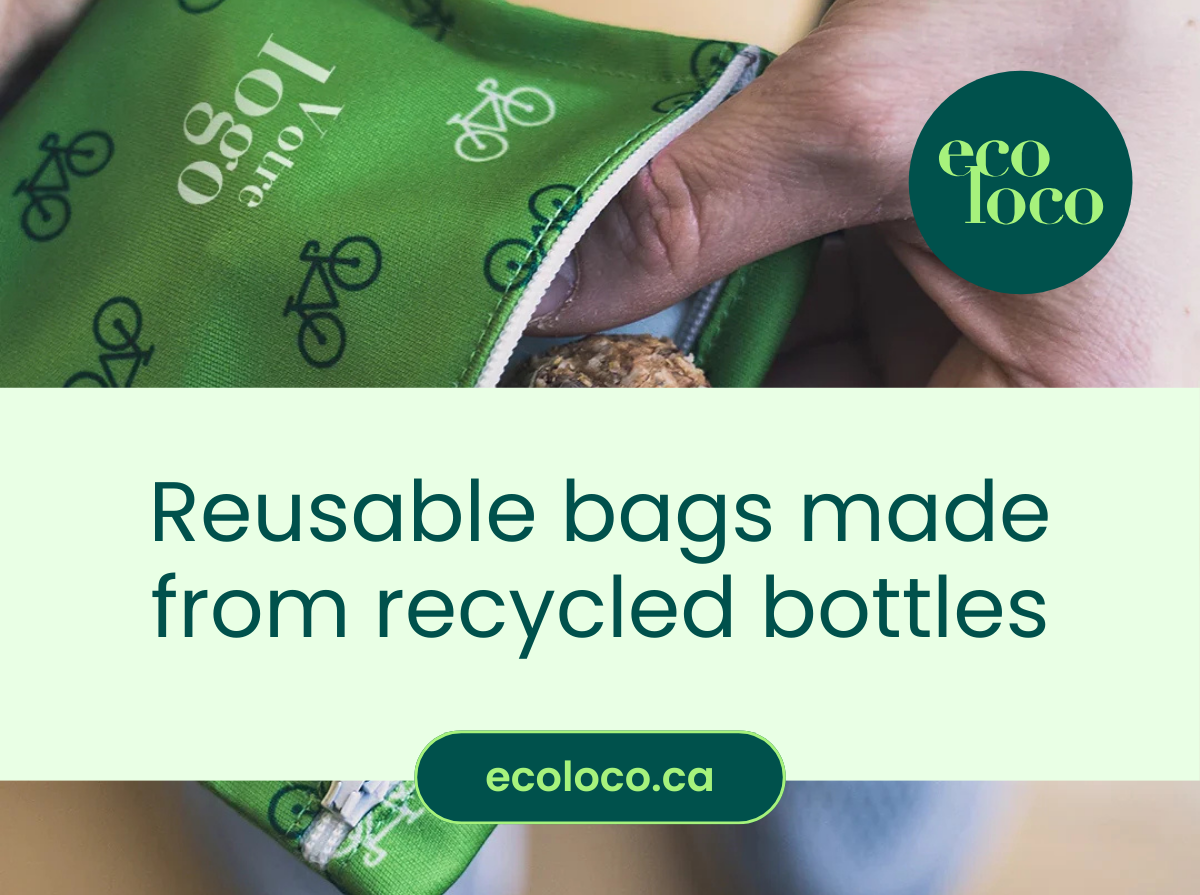
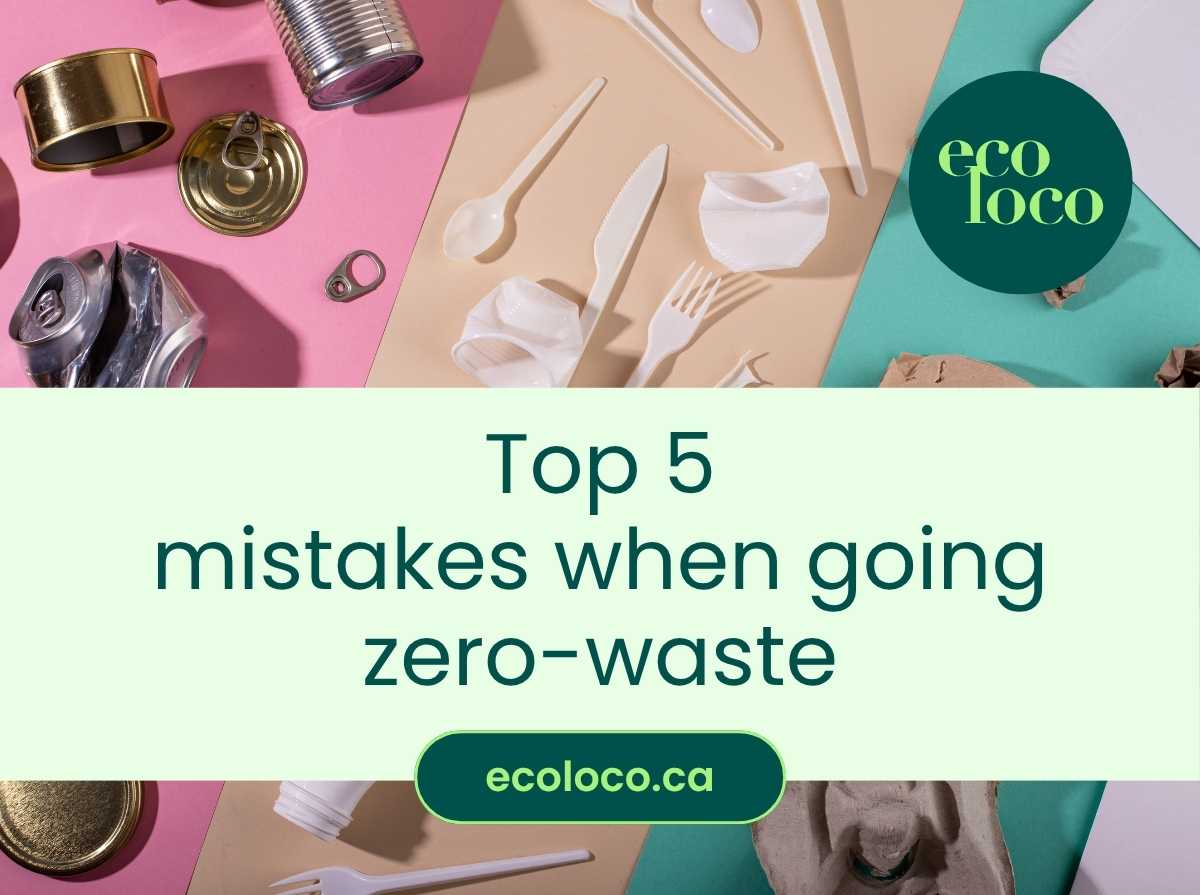
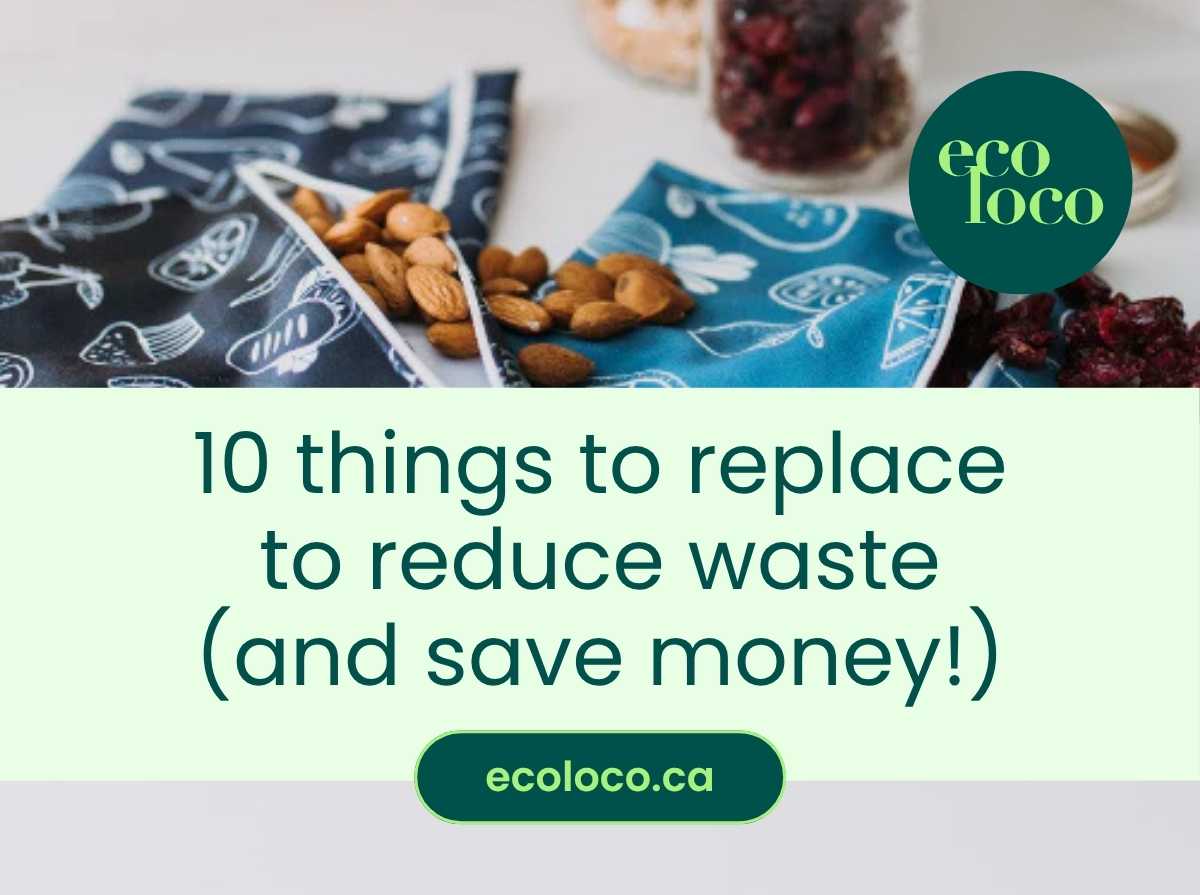
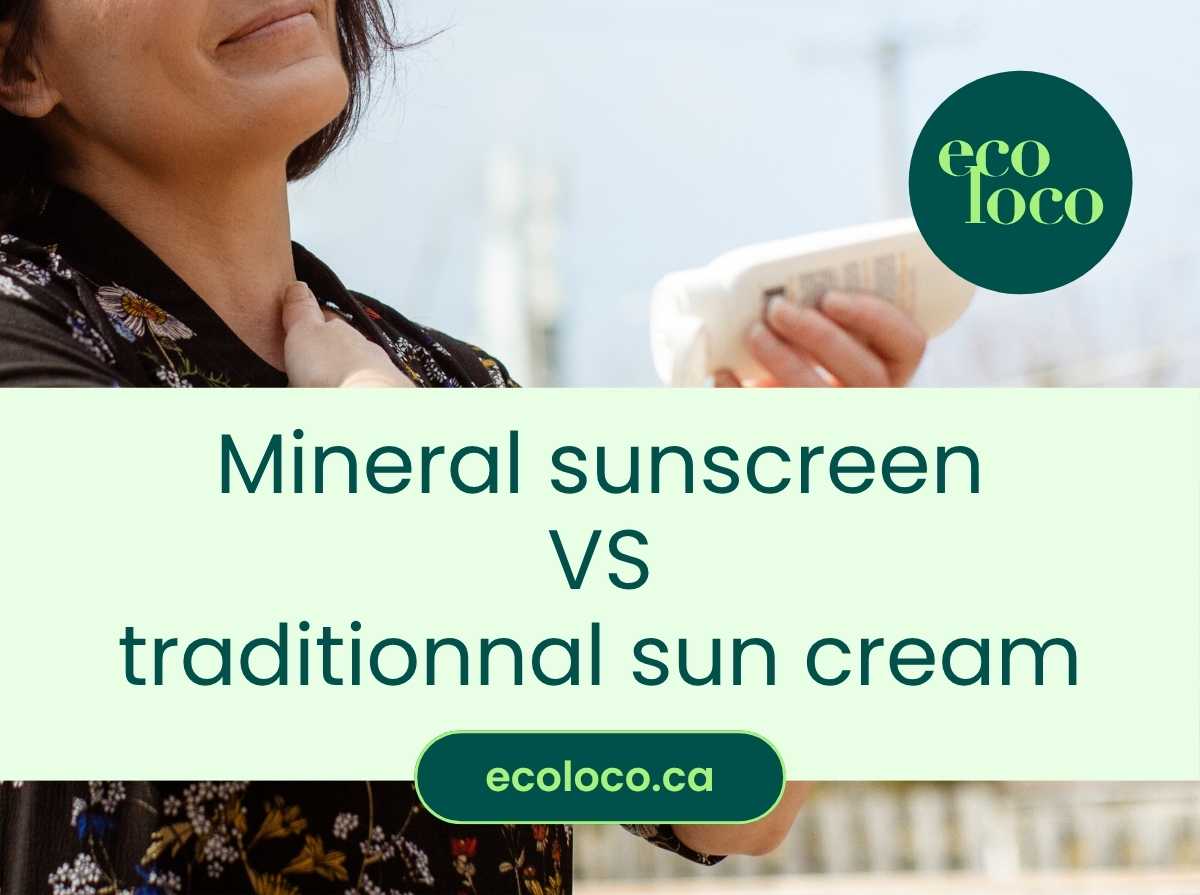

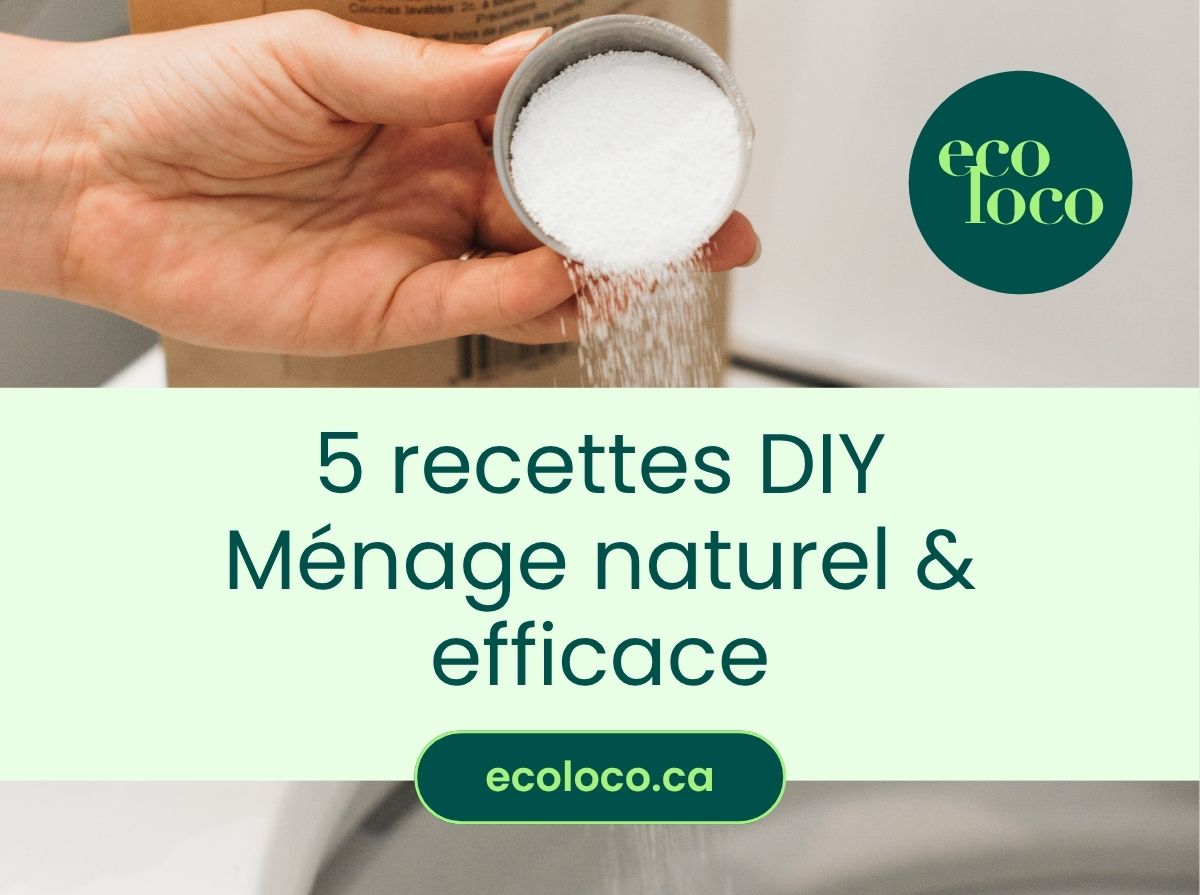
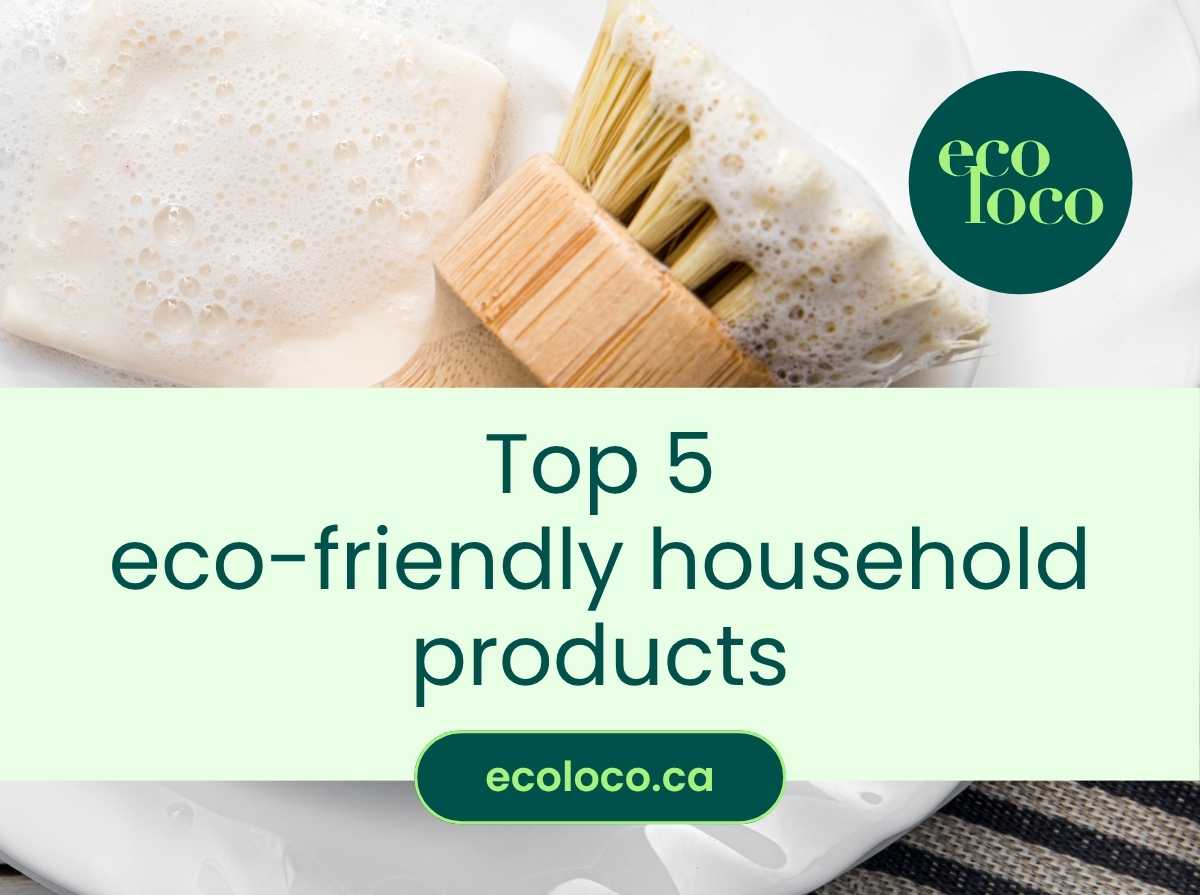
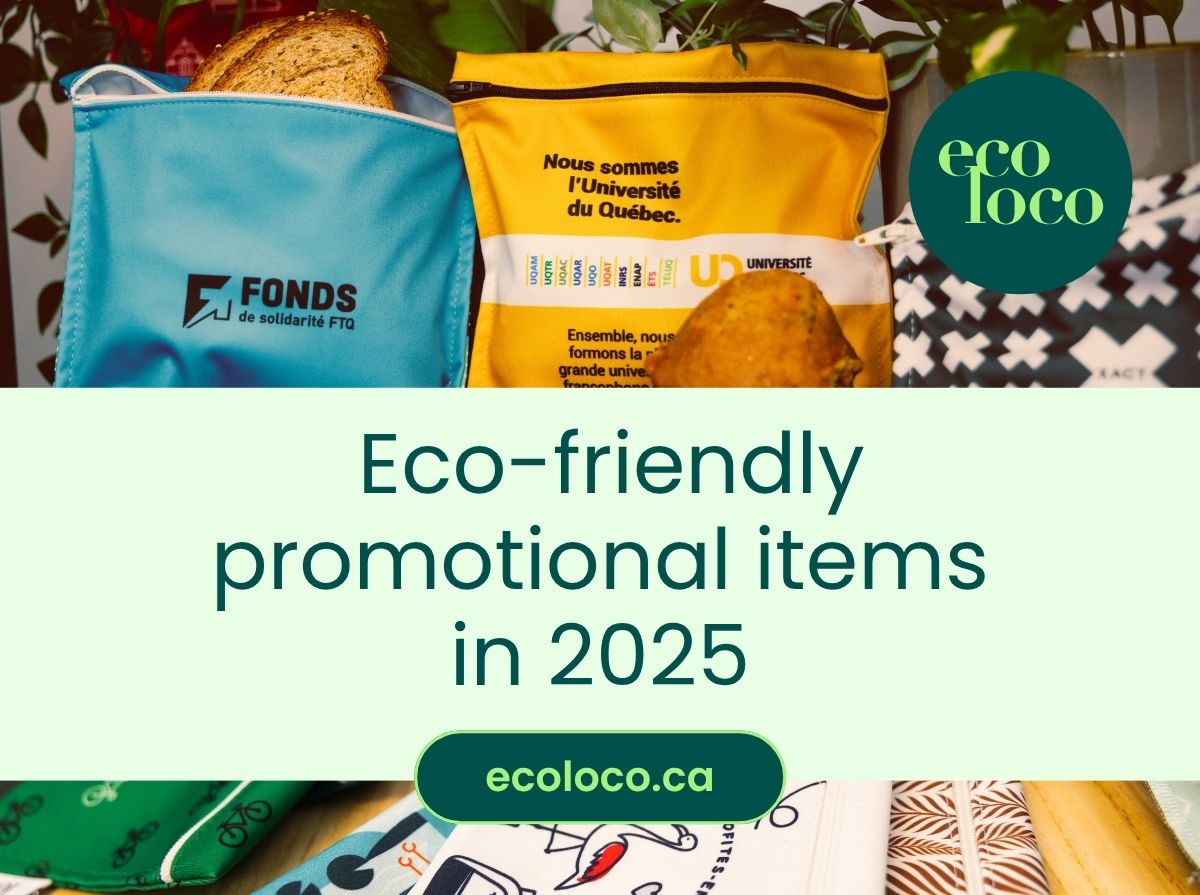
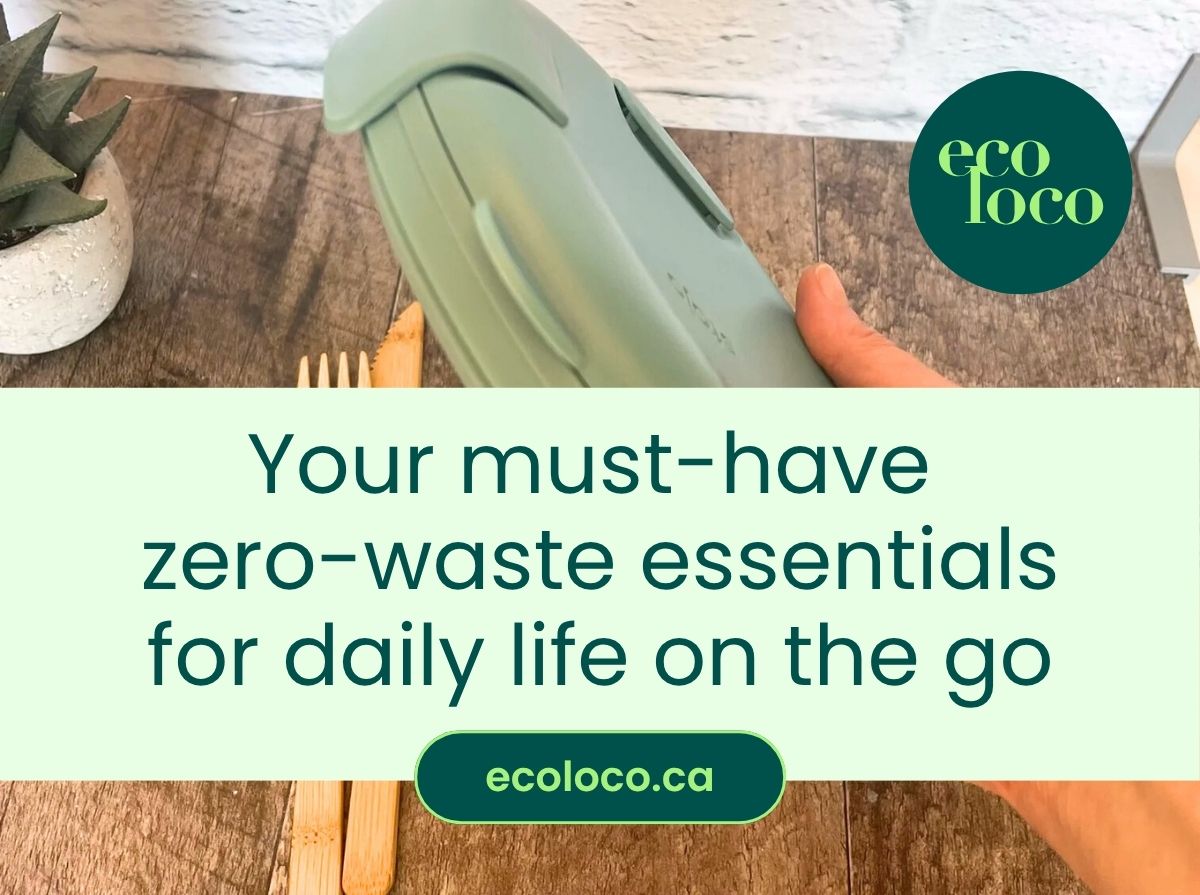
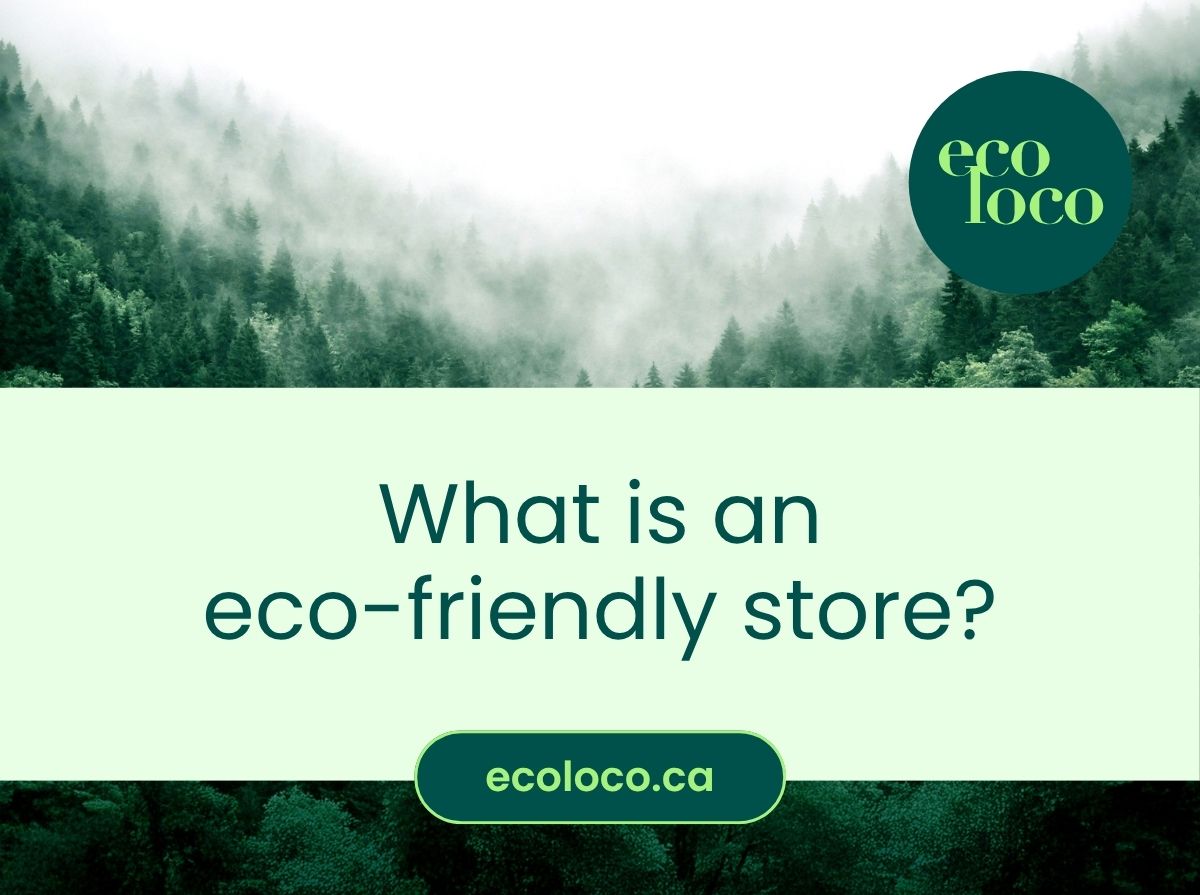
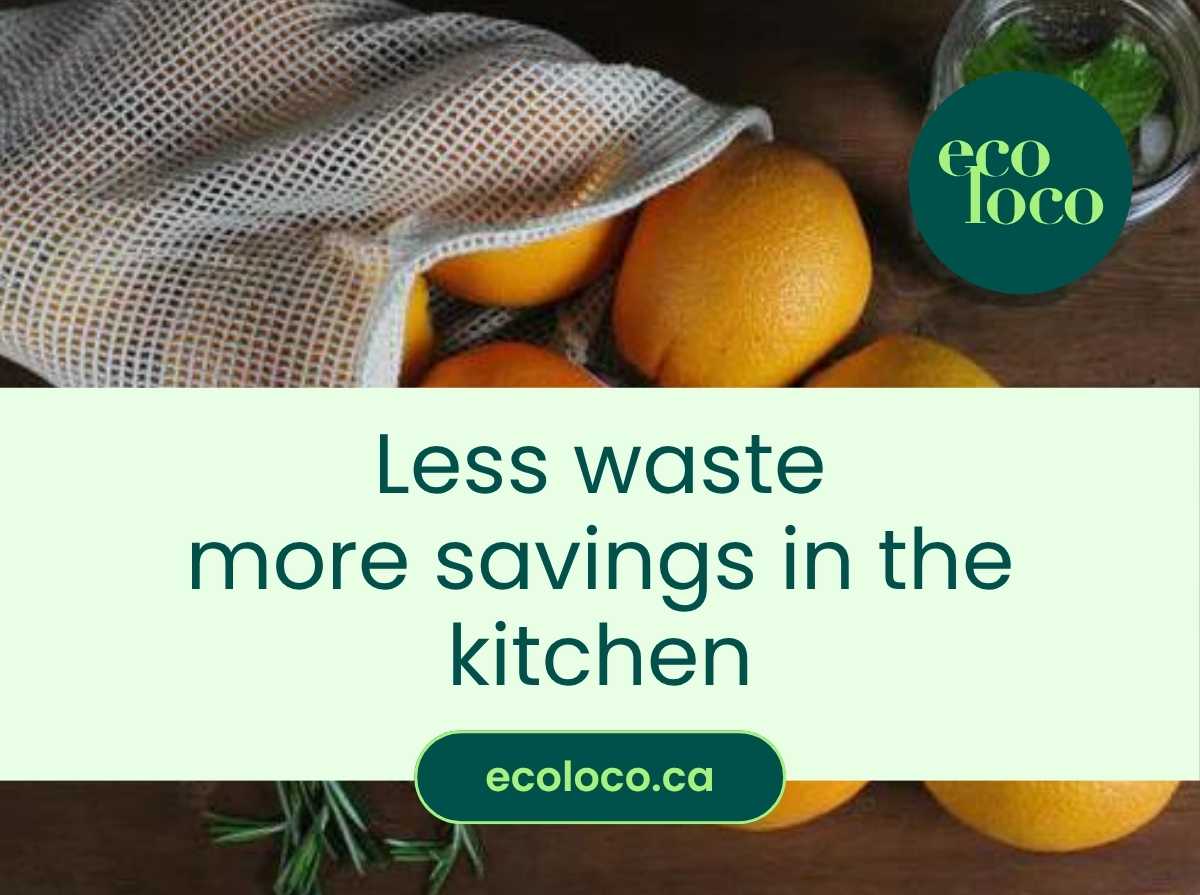
0 comments